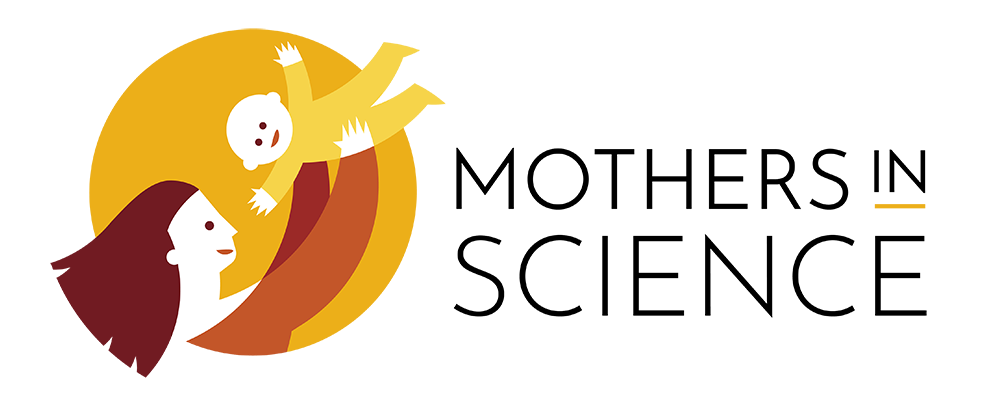Sarah Jonhson
Sarah Jonhson
“There are many different ways to be a mom and a scientist.”
I started graduate school in physics at the University of Rochester when I was 21 years old. Back then getting married and having children wasn’t at all on my mind. After two years of classes and passing my preliminary exams, I moved to Fermi National Accelerator Laboratory to work on the DZero experiment, and do my Ph.D. research. About two and half years later, I moved back to Rochester to write my dissertation. That is when I met my husband. He was also a graduate student in physics, but he started in the program three years after me.
We got married one week after my Ph.D. graduation ceremony, and then one week later we moved to Copenhagen, Denmark (with a short honeymoon in the UK in between). This was the beginning of our dual-career couple journey. In this case, my husband had a chance to do research in Denmark and I did not yet have a position. Luckily, my amazing Ph.D. advisor helped me get hired as a postdoc at the Niels Bohr Institute.
When we moved back to the USA, I took on a number of faculty positions in upstate NY while my husband finished up his Ph.D. After three years I had found a tenure-track job which I really liked, but the job prospects for my husband were really dim. At that point, we made the really difficult decision to both go on the job market, and see if we could find two physics positions in the same city. We applied to jobs all over the USA and were ultimately able to find them, but we had to be willing to move to one of the biggest cities in the country, Los Angeles, to do so.
Now that we both had permanent jobs, we felt secure enough to start a family. At this point, we had been married for 4 years. Our two sons were born two years apart while I was on the tenure track. We did our best to time them so that they were born in late spring, that way I could take maternity leave over the summer. My university, like most employers in the USA at that time, did not offer much in the way of maternity leave. I took 4 months off with each of my sons, and lost two summers of research productivity as a result.
My department was very supportive, which helped a lot. They even built a wall in my shared office so that I would have a private place to pump milk and nurse. I was ultimately able to get tenure, though by that point I had shifted gears to doing more outreach and less research.
When our children were 5 and 7 years old, we made one final move to Vancouver, Canada, so that my husband could pursue an amazing career opportunity. I initially took a leave of absence from my professorship, just in case, but, as luck would have it, my current employer had an open position for a physics lecturer. Things have worked out very well for us here. I really enjoy being teaching faculty, and we love our neighborhood. Vancouver is a beautiful city to live in, and we’ve made many friends.
I think we were able to make things work as a dual-scientific-career family because we were willing and able to move to support each other’s careers.
When our boys were little we shared childcare duties, and we always made a point of sitting down to eat dinner as a family, even when our sons were older. There are many different ways to be a mom and a scientist. The most important thing is to find a path that works for your family.

